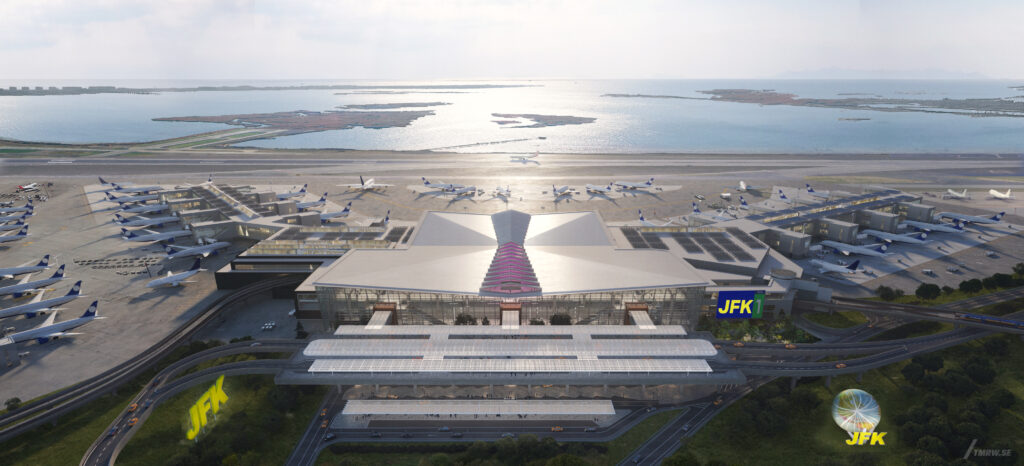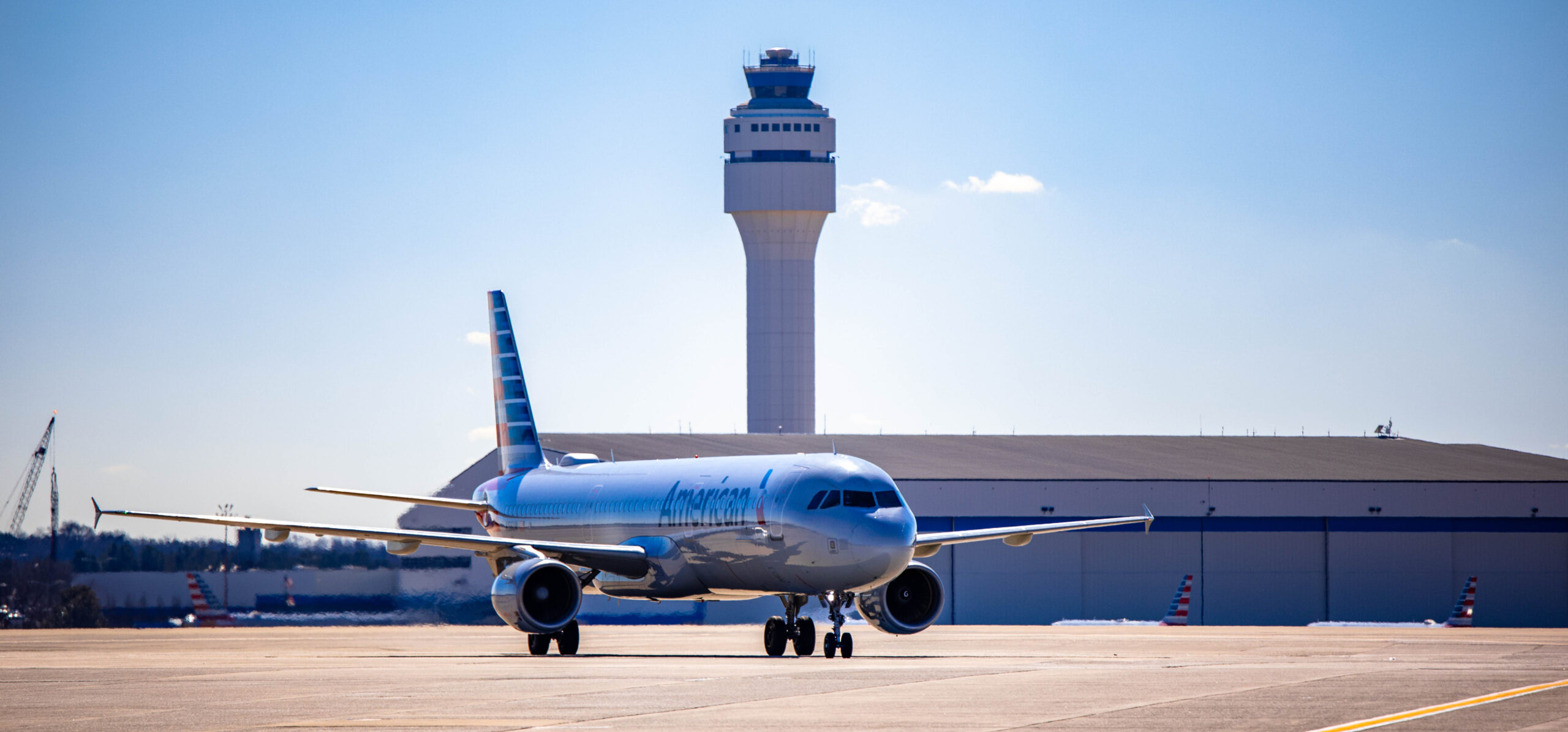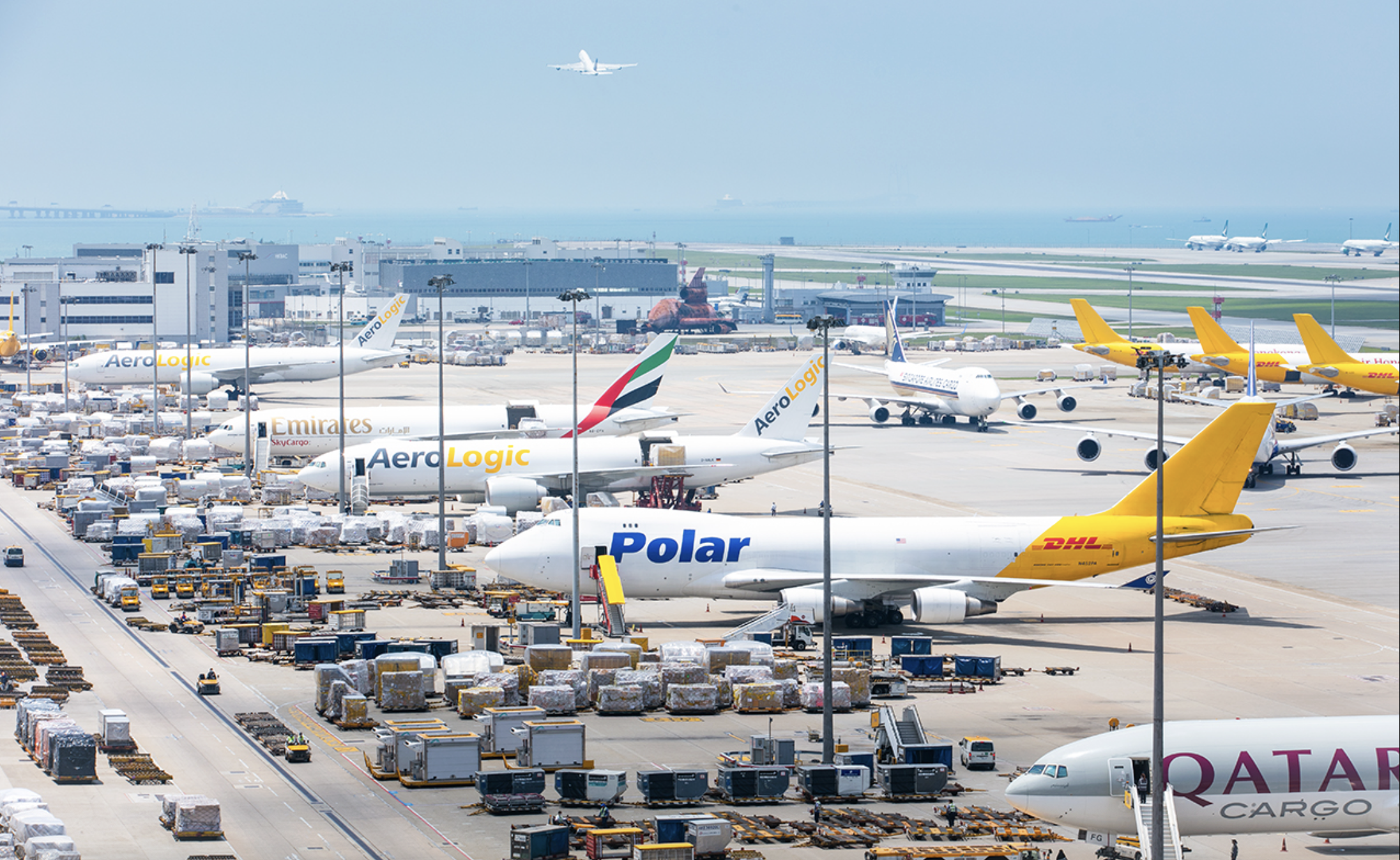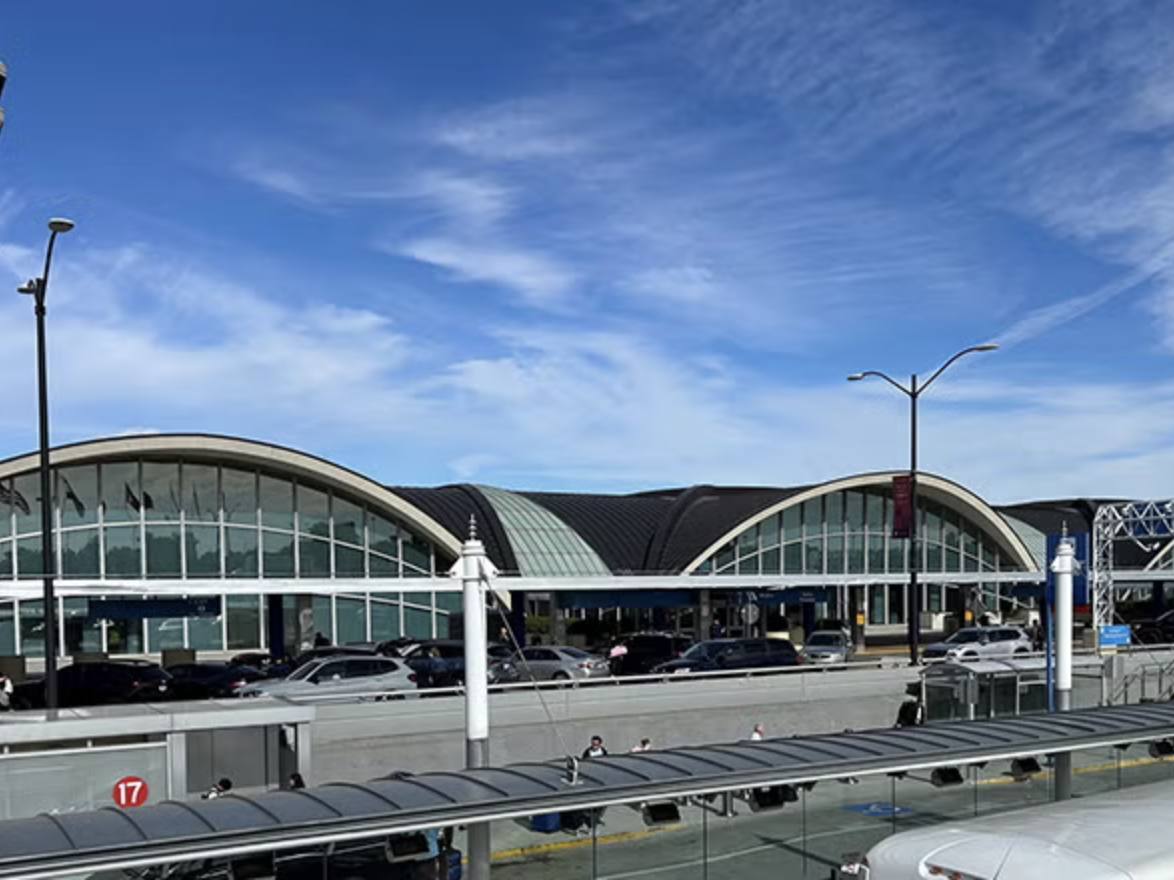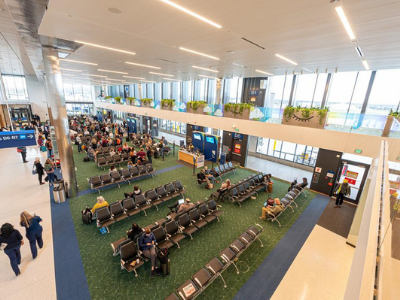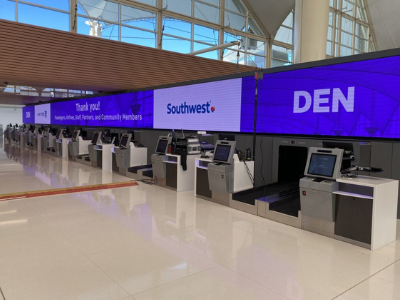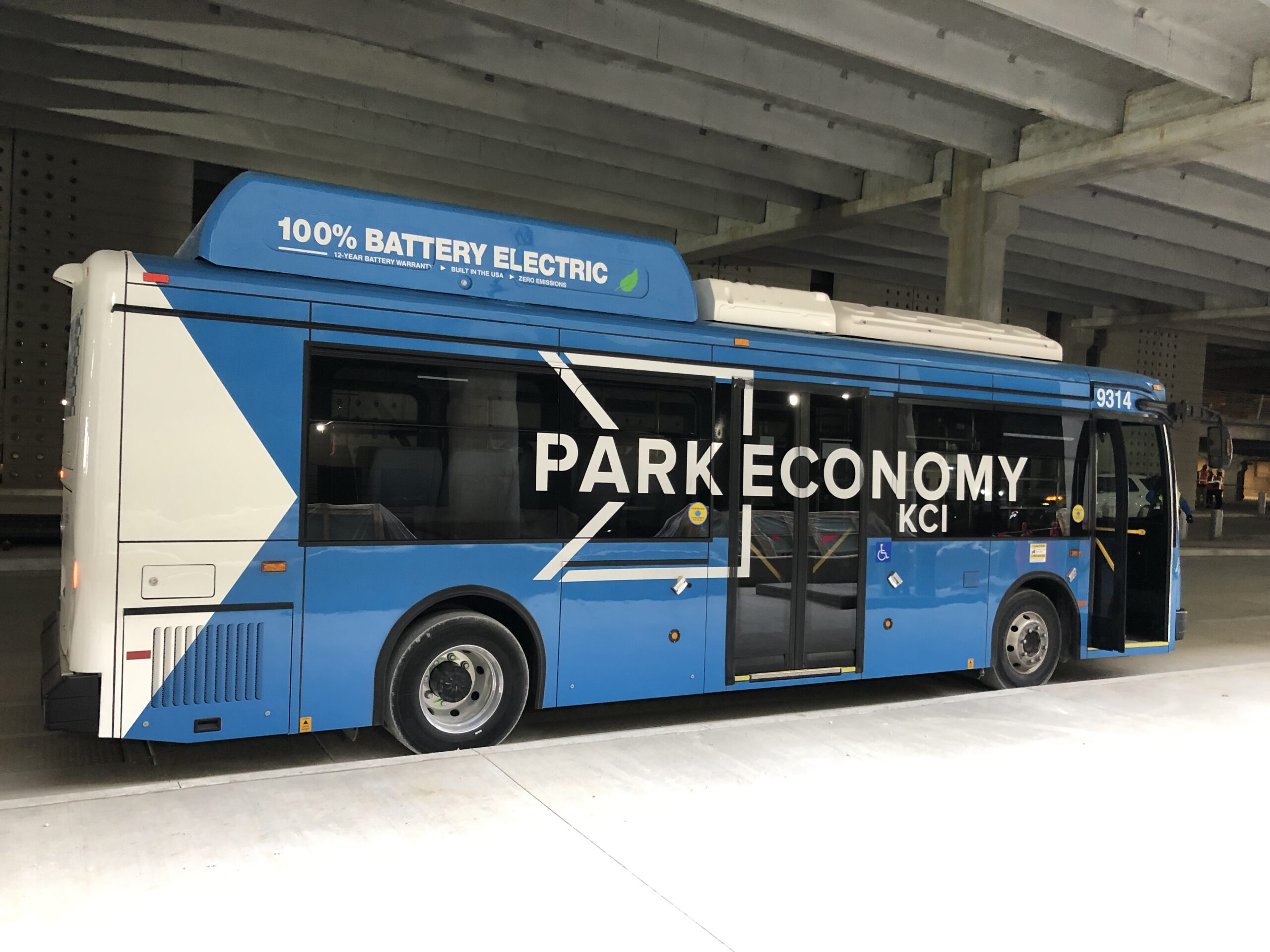Governor Kathy Hochul, serving as the 57th governor of New York, has announced plans for a 2.4 million square foot international terminal at JFK International Airport, costing 9.5 billion USD.
The new terminal will be built on the current sites for T1 and T2, as well as the site for the former T3, which was demolished in 2013. It promises to offer world-class passenger amenities, advanced security systems, and streamlined roadway access.
This is the fourth major terminal project announced by the Port Authority as part of their renovation of JFK Airport. The announcement follows the approval earlier this year for a 3.9 billion USD project to also transform JFK’s Terminal 6.
The Terminal 1 project was initially scheduled to commence in 2020, but was reconsidered due to the detrimental impact of COVID-19 on air travel. Consequently, this positive announcement reflects the progressive future of JFK Airport, alongside the welcome return of air travel.
Governor Hochul said:As we recover from this pandemic, I want to ensure that everyone traveling to New York has a welcoming and streamlined experience, and that New Yorkers have the modernised transportation hubs they deserve. The time to get large infrastructure projects done is now, and I'm committed to getting JFK's brand new Terminal One underway and completed as soon as possible.
Throughout this project, the Port Authority will undertake a number of infrastructure upgrades and improvements including roads, parking, and utilities.
The terminal will include bright and airy check-in, arrivals, and departure halls, welcoming lounges, and family amenities, including dining and retail concepts inspired by New York culture. High ceilings, natural light, modern architecture, and green spaces will all be prioritised to help enhance passenger experience.
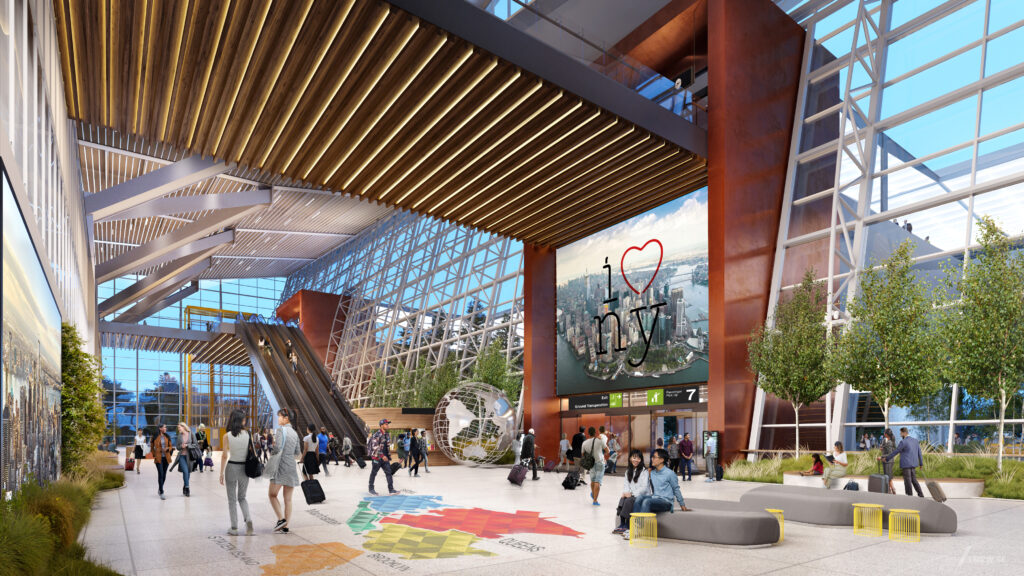
This design will be coupled with state-of-the-art technology, including a touchless passenger journey experience, digital passenger flow and queue management, the latest TSA security lanes, advanced video search analytics, and biometric systems. These installations will be designed to enable future flexibility to accommodate further technological advances.
Renewable energy technologies will also be implemented to enhance the project. These considerations include solar hot water, aircraft de-icing and fluid recovery, and the electrification of diesel ground service equipment.
Groundbreaking for the new terminal is expected in 2022, and the first new gates aim to go live in 2026.

